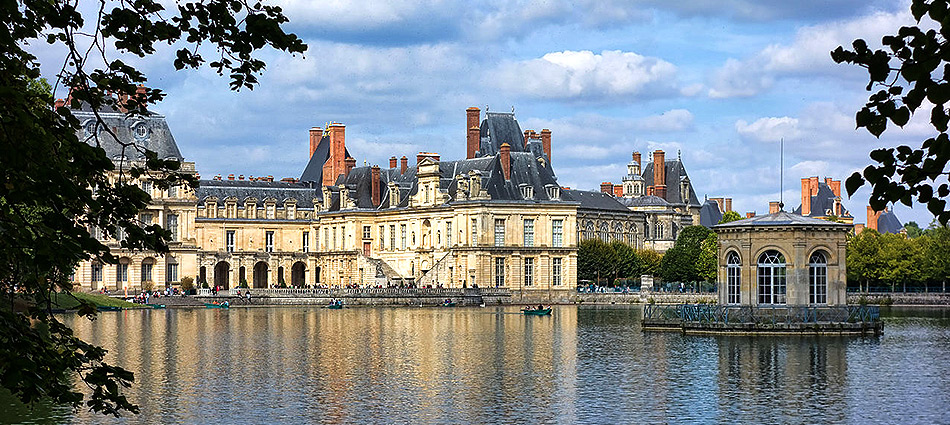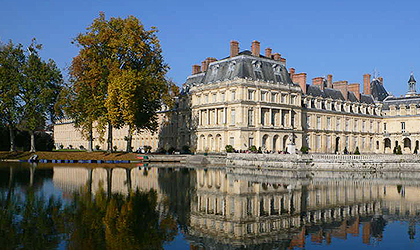Excursions and Tourist Visit : Barbizon, Fontainebleau and Vaux-le-Vicomte

![]()
INFORMATIONS
day trip to Barbizon, Fontainebleau and Vaux-le-Vicomte.
Duration : 10 hours
Vaux-le-Vicomte
The magnificent 17th century chateau, the envy of Louis XIV, now privately owned by the Count and Countess Patrice de Vogüé, is renowned as the forerunner of Versailles. Fouquet, then Minister of Finance under King Louis XIV, ordered this magnificent chateau to celebrate his glory. With no financial limit in mind, Fouquet used the creative genius of the forerunners of the time.
Vaux le Vicomte is a combination of three exceptional features: magnificent architecture by Louis Le Vau, sumptuous decorations including famous works of art by Charles Le Brun, and breathtaking landscaping and gardens designed by Le Nôtre. Fouquet, a patron of the fine arts, made of his chateau a rendezvous for the greatest creative figures of the time, such as La Fontaine, Molière, and Corneille.
To his demise, on August 17, 1661, Nicolas Fouquet offered a splendid feast in honor of the King, who, on discovering Vaux le Vicomte, proclaimed, “How high can this man rise!” and sent Fouquet to prison.
Barbizon
Following this, you will be driven to Barbizon, a lovely village in the Fontainebleau forest where Robert Louis Stevenson wrote Forest Notes and where numerous realist painters including Corot, Millet Rousseau and Daubigny gathered during the Barbizon School period (1830-70).
You can have lunch there and visit the art galleries
Fontainebleau

Castle of Fontainebleau
After lunch, you’ll visit the Château de Fontainebleau and its park including the Great Gallery of Francis I, the Salle de Bal (Ballroom) of Henry II, the private apartments of Anne d’Autriche, the Hunting Gallery, the boudoir of Marie-Antoinette, and the apartments of Napoleon.
Preferred by the Kings of France since the 12th century for its rich hunting grounds, the residence of Fontainebleau, at the heart of a vast forest in the Ile-de-France, François I and his daughter in law, Catherine de Medici, both great patrons of the arts, hired the services of Italian artist Benvenuto Cellini in 1527 to enlarge what was then just a modest fortified château, to create a new court that would rival the Medici family in Florence and, according to Vasari, to establish it as a “new Rome.”, making it one of the most prestigious royal residences and one of the jewels of French art, as much for its architecture as for its decoration and gardens.
The impressive Louis XV staircase is one of the highlights of the tour. The palace was Napoleon’s favorite residence and houses the Napoleon Museum. Surrounded by an immense park, the palace combines Renaissance and French artistic traditions.
